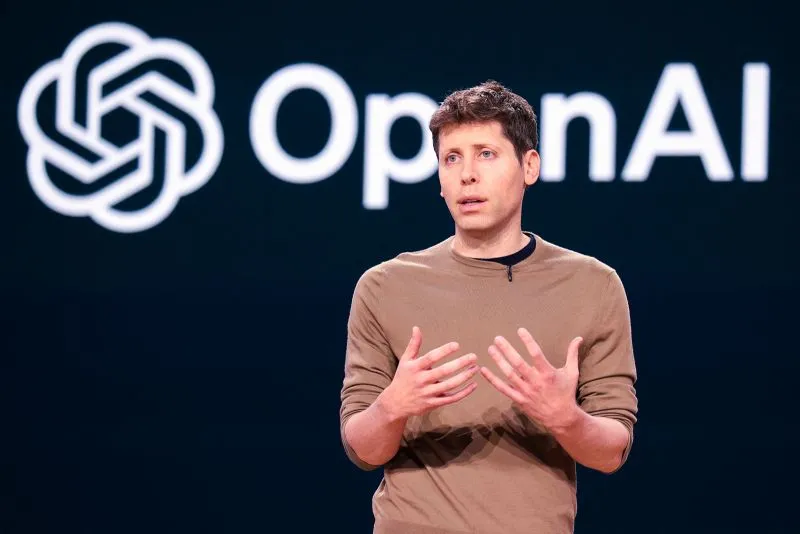AI Power Players and Energy Demands: A Historic White House Meeting

AI Power Players and Energy Demands: A Historic White House Meeting
The face of artificial intelligence in America is set to meet with top US officials at the White House on Thursday, CNN has learned, in a first-of-its-kind meeting to solve a riddle that could severely strain US infrastructure: how to power the AI boom.
Sam Altman, the CEO behind ChatGPT maker OpenAI, Google senior executive Ruth Porat, and Anthropic CEO Dario Amodei are expected to be among the tech executives in attendance. The meeting is significant as the first time senior White House officials will sit down with tech company leadership to discuss the energy needs associated with advanced AI systems.
Addressing AI's Energy Intensity
- The White House aims to detail how public and private sectors can collaboratively maintain US leadership in AI sustainably.
- The AI industry is projected to consume at least 10 times more energy by 2026 compared to 2023.
- AI's appetite for energy could significantly increase US power demand throughout this decade.
Energy Secretary Jennifer Granholm and Commerce Secretary Gina Raimondo will be among others participating in this critical discussion. The rapid development of energy-intensive AI raises concerns about its impact on America’s aging power grid, especially amid the Biden administration's push for cleaner energy sources.
Tackling AI's Carbon Footprint
- AI has the potential to resolve complex issues, including climate change and public health.
- Pressures on the electricity grid will need critical resolutions to support the AI industry.
- Altman's involvement with Exowatt potentially indicates a shift towards solar power solutions for AI's energy consumption.
With significant figures like Robyn Patterson confirming the meeting's importance, the discussions will focus on bridging gaps between technological growth and sustainable practices. This meeting signifies an essential step in tackling AI's environmental challenges while fostering innovation.
This article was prepared using information from open sources in accordance with the principles of Ethical Policy. The editorial team is not responsible for absolute accuracy, as it relies on data from the sources referenced.